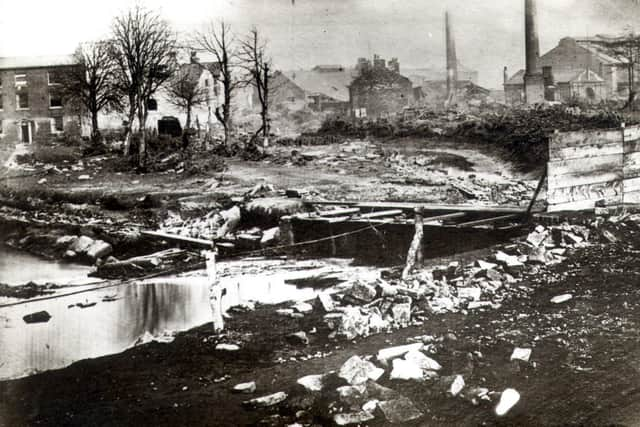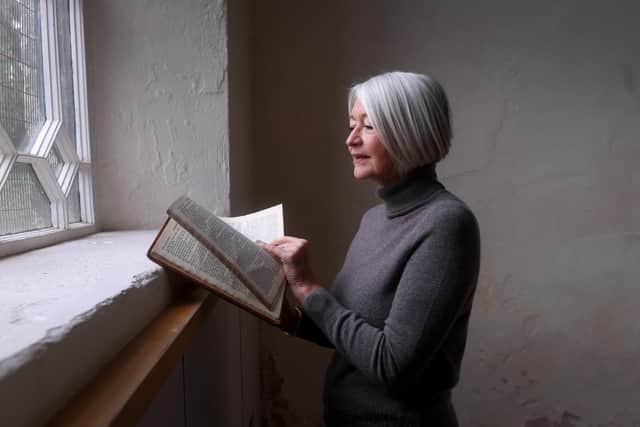Great Sheffield Flood: The catastrophic flood in Yorkshire which killed more than 200 people
The flood in Sheffield killed at least 240 people but the true toll will probably never be known. Many of the victims were buried without being identified.
And more than 600 properties were damaged or destroyed after a dam above the city gave way.
Advertisement
Hide AdAdvertisement
Hide AdBut while it is beyond living memory, an exhibition which attempts to reveal some of the detail of what the city and its inhabitants went through is to be staged.


The Great Sheffield Flood – as it became known – devastated parts of the city when the Dale Dyke Dam broke as its reservoir was being filled for the first time.
The immediate cause was a crack in the embankment, the cause of which was never determined. The dam's failure led to reforms in engineering practice, setting standards on specifics that needed to be met when constructing such large-scale structures. The dam was rebuilt in 1875.
But now 160 years after the disaster, a new exhibition, publication and performance will be staged this weekend. Sheffield General Cemetery Trust (SGCT) said it is proud to announce the activities.
Advertisement
Hide AdAdvertisement
Hide AdAuthor Sue Turner, writer of Drowned Voices, said: “The embankment of the Dale Dyke Reservoir was breached on the night of 11 March 1864 and over 650 million gallons of water were unleashed upon the unsuspecting residents in the valley below, causing, in terms of loss of life, the greatest disaster of Victorian Britain.


“Over 250 people drowned that night, dozens more in the following months, 4,357 houses were flooded, 798 homes were destroyed and abandoned, 11 wives became widows, and 40 children were orphaned.
“It was a catastrophe that has perhaps been forgotten by present day Sheffield residents and those further afield. This book, others like it, and annual commemorative events set out to make the story of that fateful occurrence better known. Sheffield changed forever that night, whether by an act of nature or human error.
“We remember the price our ancestors paid for progress and the role of Sheffield General Cemetery in the aftermath of the Great Flood.”
Advertisement
Hide AdAdvertisement
Hide AdThe Lord Mayor of Sheffield Colin Ross will lay a wreath in memory of the 27 unnamed victims of the flood buried at Sheffield General Cemetery.
Visitors are invited to meet at 10.45am tomorrow. After the wreath laying, attendees are invited to visit The Great Sheffield Flood Exhibition & Sound Installation at The Samuel Worth Chapel.
A free exhibition and sound installation will tell tragic tales of those involved in the disaster and the aftermath. A café and bookshop will be open.
Ms Turner, a trust volunteer, has written a new book to be launched at the exhibition.
Comment Guidelines
National World encourages reader discussion on our stories. User feedback, insights and back-and-forth exchanges add a rich layer of context to reporting. Please review our Community Guidelines before commenting.
